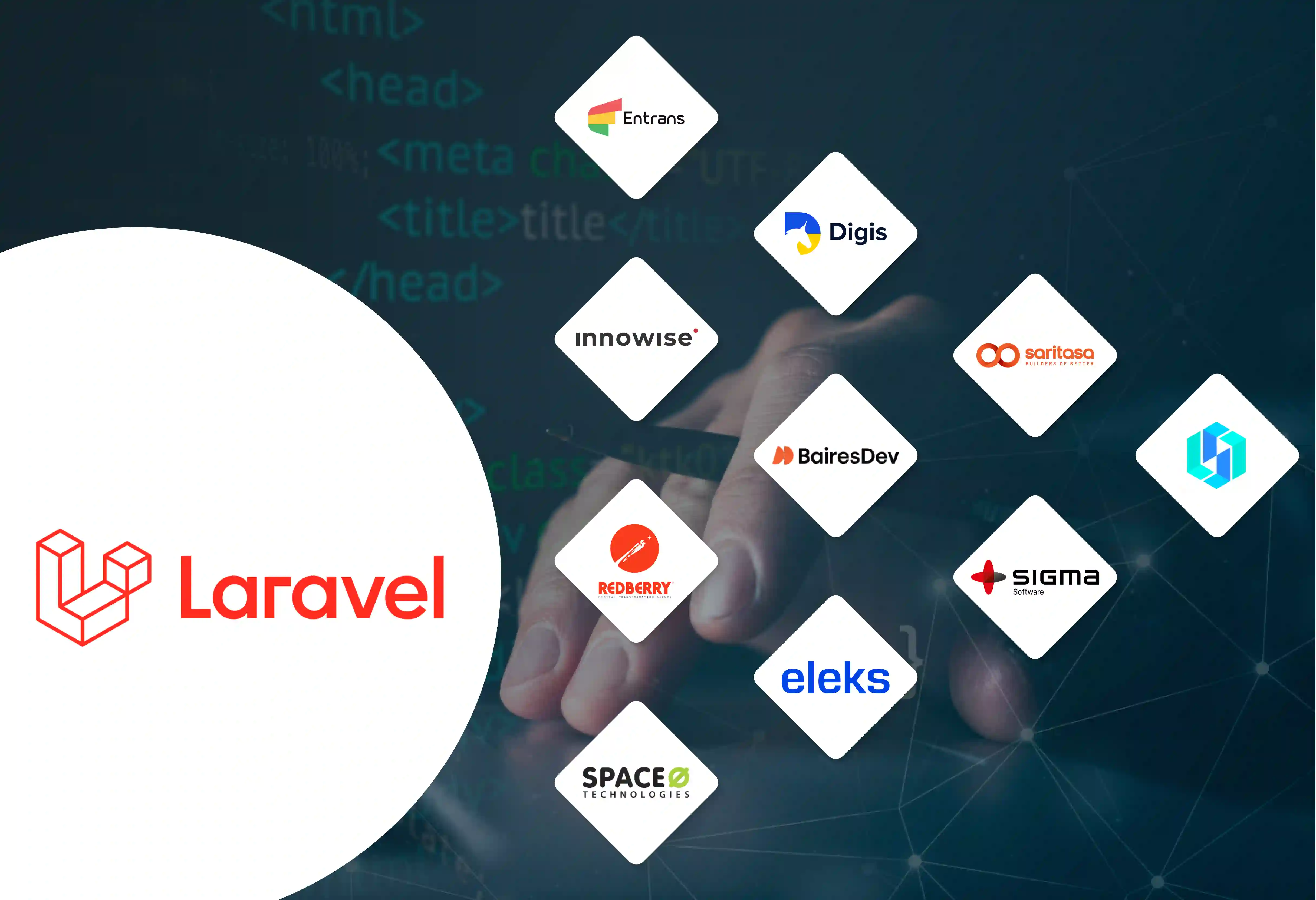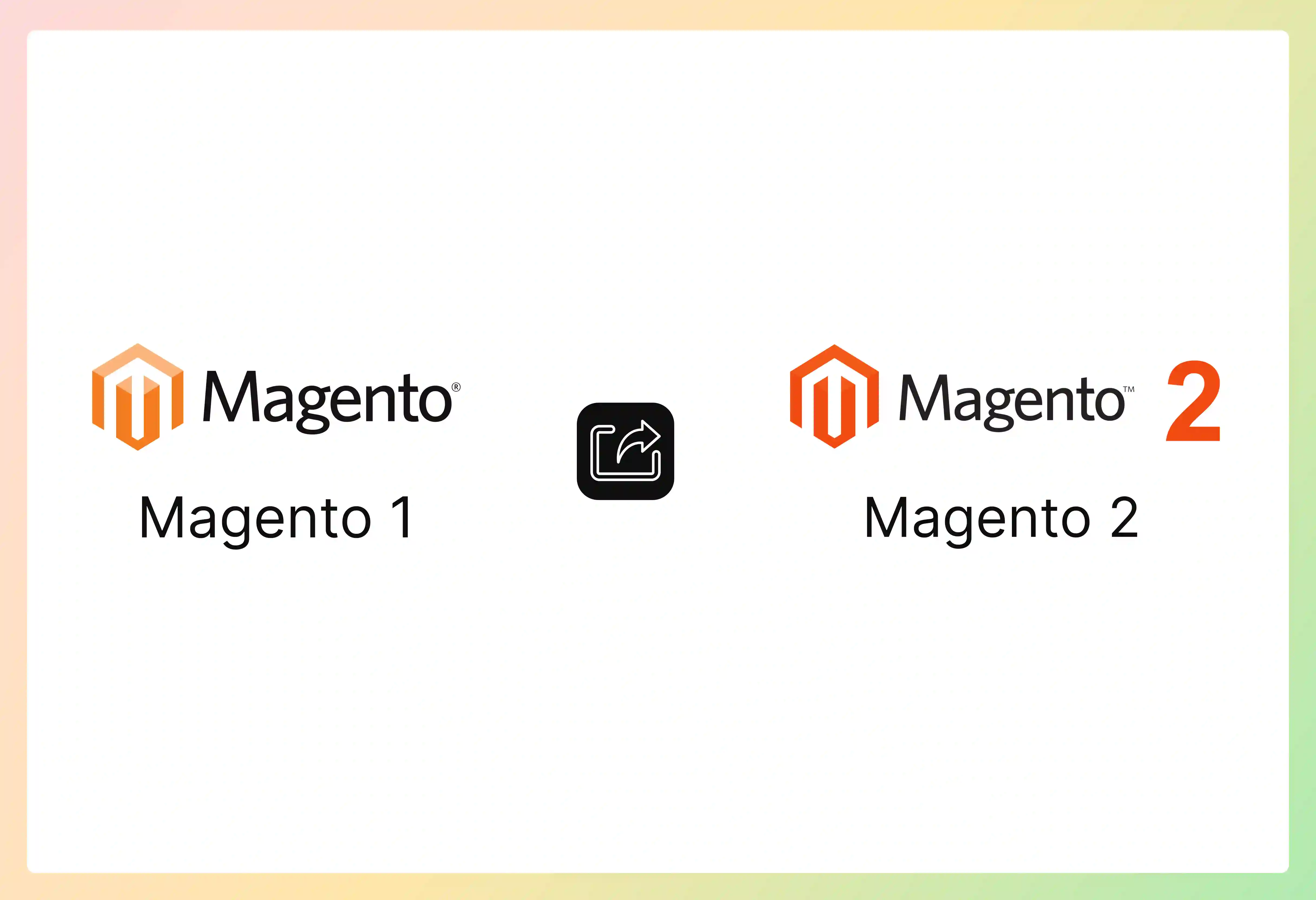Heading 1
Heading 2
Heading 3
Heading 4
Heading 5
Heading 6
Lorem ipsum dolor sit amet, consectetur adipiscing elit, sed do eiusmod tempor incididunt ut labore et dolore magna aliqua. Ut enim ad minim veniam, quis nostrud exercitation ullamco laboris nisi ut aliquip ex ea commodo consequat. Duis aute irure dolor in reprehenderit in voluptate velit esse cillum dolore eu fugiat nulla pariatur.
Block quote
Ordered list
- Item 1
- Item 2
- Item 3
Unordered list
Text link
Bold text
Emphasis
Superscript
Subscript
What is Jenkins?
Jenkins is an open-source automation tool that is used to automate the software development process so that developers can build, test, and deploy applications effortlessly.
Jenkins was originally a fork of the Hudson project and has become one of the most widely used tools in the DevOps toolchain due to flexibility, simplicity, and versatility and not to mention it’s extensive plugin collection.
In its essence, Jenkins is designed for Continuous Integration (CI) and Continuous Delivery (CD) purposes. These practices are helpful for the team that wants to merge the code often and release it to production with confidence. Jenkins helps teams integrate the codes from several developers, testing, and deploying applications which ensures quality and speed.
What are the Key Features of Jenkins?
Jenkins is well known in the DevOps space for several reasons, most of which are hinged on the fact that it has a lot of features.
Below are some of the key features that make Jenkins an indispensable tool in many software projects:
- Continuous Integration and Delivery: Jenkins supports the entire CI/CD chain, allowing a team to include code changes of multiple contributors and release these changes with little to no intervention from other people. This automation helps minimize human factors and guarantees that there is always a releasable SW (software) state.
- Plugin Ecosystem: Currently Jenkins supports over a thousand plugins which helps it to extend its functionality and be able to work together with various tools and technologies. Currently, Jenkins can integrate with version control systems such as Git, container platforms such as Docker, cloud services such as AWS, and many more, and there is most probably a plugin for it.
- Pipeline as Code: Jenkins allows defining build, test, and deployment pipelines in code understood and controlled by developers. This can be done graphically, or programmatically using scripts typically written in Groovy. Pipelines as code are an improvement to the current process since they enable version control to be applied on the CI/CD process.
- Distributed Builds: Jenkins can divide its tasks into many machines or devices which are called nodes and that makes it highly scalable. This capability is most useful for projects with a lot of test cases or when the build process is time-consuming.
- Extensive Community Support: Jenkins is an open-source project and it is used by a large number of users, hence it has a large contributor base. This means that there are a lot of resources, places to discuss, and a lot of documentation to help you if you run into any problems.
How Does Jenkins Work?
- Source Code Management and Integration: Jenkins also fits into integrating SCMs such as Git, GitHub or SVN. It is of particular note that it’s constantly in the process of tracking changes in the repository containing the code. This update is automatic and it is triggered when a developer commits code or when he or she raises a pull request. This makes it possible to record any change in a code in real time and execute other consequent automation.
- Build Triggers: It offers several options to initiate builds: Of them, the most frequent one is based on the identification of code changes in the repository. But, builds can be also planned (for example, night builds), initiated by a user on-demand or one after another in case of certain predefined parameters like the completion of the previous stage in the pipeline.
- Building and Compiling Code: Subsequent to a build, Jenkins is also able to compile the project on its own accord. It checks out the new code from the repository, compiles them, and then creates build products of the order of executables, JARs, or Docker images. It has embraced Jenkins which compels undertaking builds across various environments while keeping the codebase updated in preparation for deployment.
- Automated Testing: Once they execute the building of the code then Jenkins proceeds to run a set of tests such as unit tests, integration tests, and functional tests. It’s the best stage to identify bugs as they enter the development tunnel. Real-time Jenkins enables developers to deal with complicated problems before they develop into large problems, making the codes much healthier and more stable.
- Deployment and Delivery: By having good builds and tests, Jenkins can then deploy to different environments, staging, production servers, or QA servers. In Continuous Delivery (CD), Jenkins contributes to the readiness of the code to be released and hence deployable at any one time. In the Continuous Deployment context, code goes straight to production without intervention or based on the defined pipeline.
- Notifications and Reporting: Jenkins can communicate with applications such as Slack, email, or SMS in order to inform teams about build status, test results, as well as the success or failure of a deployment. Logs are kept within the tool for the user to view and analyze immediate activity or consult the history of the CI/CD process for general health.
- Extensibility through Plugins: Jenkins is very flexible largely because of the extensive list of plugins that are available. These plugins mean that Jenkins is the most versatile tool that can be easily hooked into almost any tool, platform, or technology involved in CI/CD from docker, Kubernetes, and AWS to reporting tools. This versatility places Jenkins in a position that makes it possible to manage many projects’ needs.
- Scalability and Distributed Builds: In that, we can use Jenkins to have its builds scattered all over, what is referred to as nodes or build agents for large projects. This helps in achieving better response time and productivity since different tasks can be carried at the same time. Jenkins interacts with these distributed resources to manage them, all in an effort to administer the load as well as the size, which increases with the increasing size of the project.
Key Takeaway
Jenkins is quite helpful in today's environment where software development is rapidly progressing. It is used to manage CI/CD processes to guarantee that the code is always in a state that can be deployed and still be of high quality. The Jenkins plugin, the system’s ability to scale, and the strong automation make it a key platform for developers. Whether it is for building, testing, or deployment of applications, Jenkins has made development agile and dependable. With the increase of continuous integration and delivery practices, Jenkins is still a relevant tool supporting the effectiveness and creativity of software initiatives.












